Last Updated: September 26, 2025
The Rise of Islamic Finance in Pakistan: Can Full Sharia-Based Banking Be Viable by 2027?
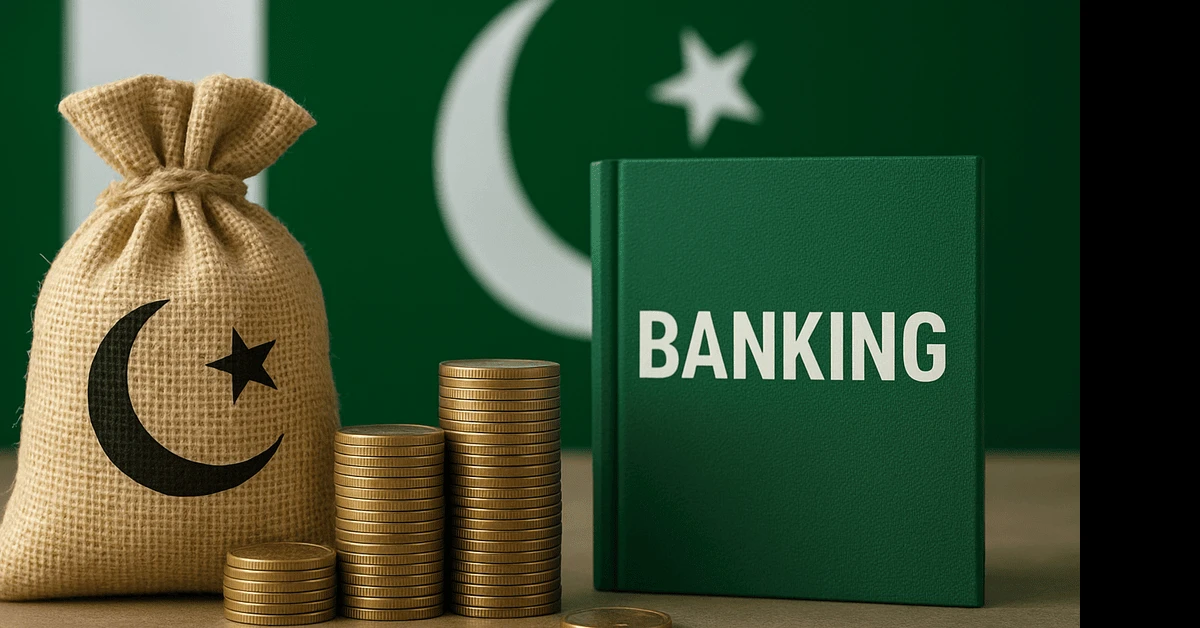
In the last decade, Pakistan has witnessed a remarkable shift in its financial sector. A growing demand for Sharia-compliant banking has transformed the way banks, regulators, and investors operate. As of 2025, Islamic banking in Pakistan accounts for nearly 20% of the banking industry’s assets, and policymakers have set an ambitious target: making the entire financial sector fully Sharia-compliant by 2027.
Why Islamic Finance is Growing in Pakistan
The rise of Islamic finance is driven by a mix of religious, social, and economic factors:
- Faith-driven demand: A large Muslim population increasingly seeks financial products that avoid interest (riba).
- Trust factor: Conventional banks have faced criticism for exploitative interest rates; Islamic banking is viewed as more ethical.
- Government push: The State Bank of Pakistan (SBP) has been actively promoting Islamic finance through regulatory frameworks.
- Global trends: With countries like Malaysia, UAE, and Saudi Arabia leading in Islamic banking, Pakistan is aligning with global best practices.
Current Status of Islamic Banking in Pakistan
By mid-2025, Islamic banking assets in Pakistan surpassed PKR 8 trillion, with deposits crossing PKR 6 trillion. More than 3,000 Islamic banking branches now serve customers across the country. Major players include Meezan Bank, Dubai Islamic Bank Pakistan, and dedicated Islamic windows of conventional banks like HBL and UBL.
However, despite this impressive growth, a majority of financial transactions in Pakistan—such as corporate borrowing, government debt instruments, and foreign loans—still rely heavily on interest-based systems.
Are Islamic Banks Truly Sharia-Compliant? Scholars’ Opinions
This question lies at the heart of the debate. While regulators and banks brand these products as “Islamic,” many religious scholars argue that compliance is incomplete or symbolic.
Critics’ View:
- Some scholars believe Islamic banks only “relabel” conventional products by replacing the word “interest” with terms like profit or rent.
- For example, in Murabaha (cost-plus financing), banks often set a fixed profit margin that resembles conventional interest.
- They argue that true Sharia compliance requires risk-sharing, but most banks avoid genuine partnership models like Musharakah due to complexity and risk.
Supporters’ View:
- Other scholars defend Islamic banks, stating that the contracts—though imperfect—remove riba in form and structure.
- They emphasize that Sharia supervisory boards within each Islamic bank approve products based on fiqh principles.
- Proponents argue that Islamic banking is an evolving system and gradual improvement is more realistic than overnight perfection.
The debate highlights a deeper question: Is “form” enough, or must the “spirit” of Sharia finance also be met? Most experts agree that while progress has been made, Pakistan’s system still requires stricter oversight, innovation, and transparency to fully satisfy Sharia principles.
Challenges in Achieving Full Sharia-Based Banking by 2027
While the goal is inspiring, there are significant roadblocks:
- Government borrowing: Pakistan depends heavily on interest-bearing domestic and foreign loans. Replacing treasury bills and bonds with Sharia-compliant sukuk is complex and requires international cooperation.
- Limited product range: While Islamic banks offer home financing, car loans, and business finance through models like Musharakah and Murabaha, innovation in derivatives, insurance (takaful), and large-scale corporate products is still limited.
- Regulatory hurdles: A complete shift requires rewriting banking laws, tax codes, and monetary policies.
- Awareness gap: Many Pakistanis remain unaware of how Islamic banking works, leading to misconceptions.
Global Lessons Pakistan Can Learn
Countries like Malaysia have successfully integrated Islamic finance alongside conventional systems, while Sudan and Iran operate fully Islamic systems. Pakistan’s challenge lies in balancing both domestic needs and global financial obligations, especially IMF and World Bank loans, which are interest-based.
The Road Ahead: Is 2027 Realistic?
Experts argue that a complete transition by 2027 is ambitious but not impossible. A phased approach could include:
- Expanding sukuk markets for government borrowing.
- Gradual phasing out of interest-based products in local banking.
- Public awareness campaigns on Islamic finance models.
- Partnerships with global Islamic finance hubs for expertise and liquidity.
While the political will exists, Pakistan must navigate economic realities—especially debt obligations—to ensure the transition is practical and sustainable.
Conclusion
Islamic finance in Pakistan is not just a trend; it reflects deep cultural, ethical, and economic aspirations. The vision of a fully Sharia-compliant banking system by 2027 is bold, but whether it becomes reality depends on structural reforms, financial innovation, and strong global cooperation. Even if the deadline extends, the momentum suggests Pakistan’s financial future will be increasingly shaped by Islamic principles.
FAQs
1. What percentage of Pakistan’s banking is Islamic as of 2025?
About 20% of total banking assets and deposits are Islamic.
2. Can Pakistan completely eliminate interest by 2027?
It is highly ambitious. While domestic reforms are possible, international borrowing complicates a full shift.
3. Which banks lead in Islamic banking in Pakistan?
Meezan Bank, Dubai Islamic Bank Pakistan, and Islamic branches of HBL, UBL, and MCB are key players.
4. What are the most common Islamic finance products in Pakistan?
Murabaha (cost-plus financing), Ijara (leasing), Musharakah (partnership), and Sukuk (Islamic bonds).
5. Is Pakistan unique in aiming for a fully Islamic banking system?
No. Countries like Sudan and Iran already operate fully Islamic systems, but Pakistan’s transition would be among the most significant due to its size and global ties.
6. Do scholars believe Islamic banking in Pakistan is truly Sharia-compliant?
Opinions are divided. Some scholars argue that many products only mimic conventional banking under Islamic labels, while others say the system—though imperfect—removes riba in form and is evolving toward greater compliance. The consensus is that stronger oversight and innovation are still needed.
You May Also Like:
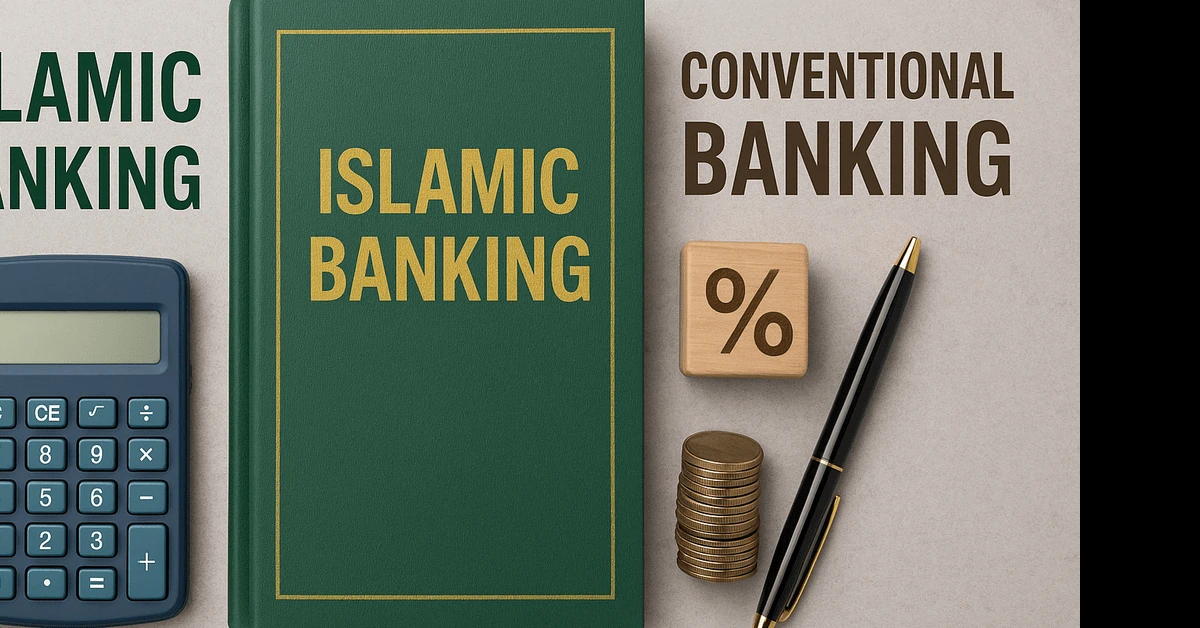
Islamic by Label, Conventional by Operation: The Truth Behind Islamic Banking in Pakistan...

Emma Raducanu’s Shocking Comeback: Can the Fallen Star Rise Again in 2026?...

Foldable Phones Just Got Real: What Samsung’s Z Fold 6 Can Do That Your iPhone Can’t!...
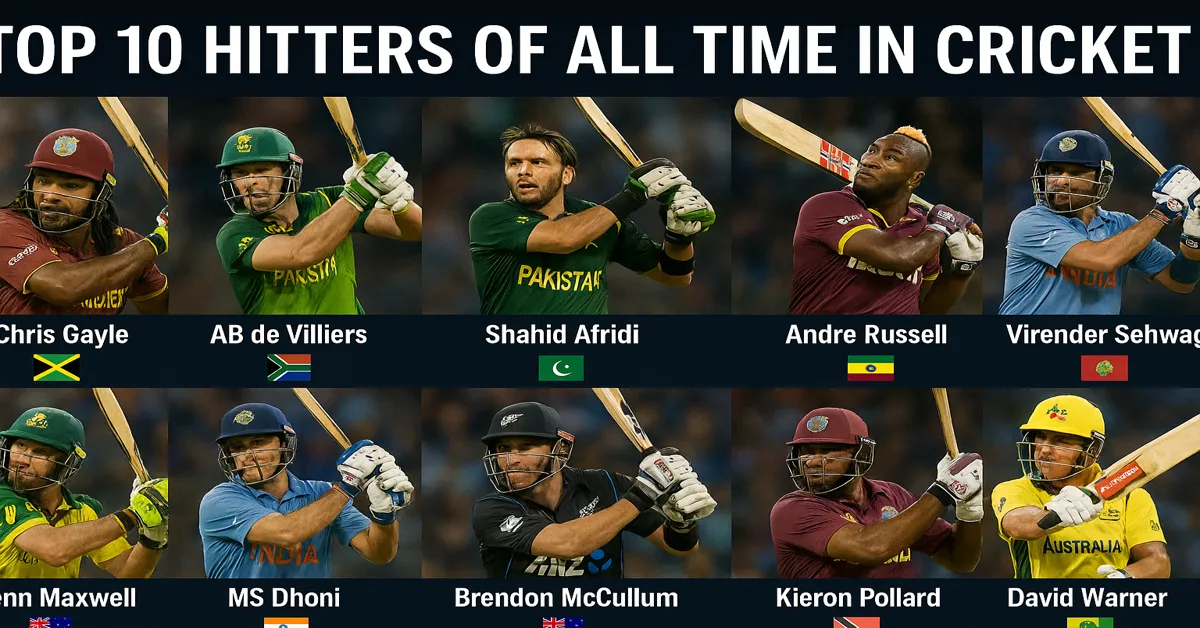
Top 10 Hitters of All Time in Cricket Based on Pure Stats...
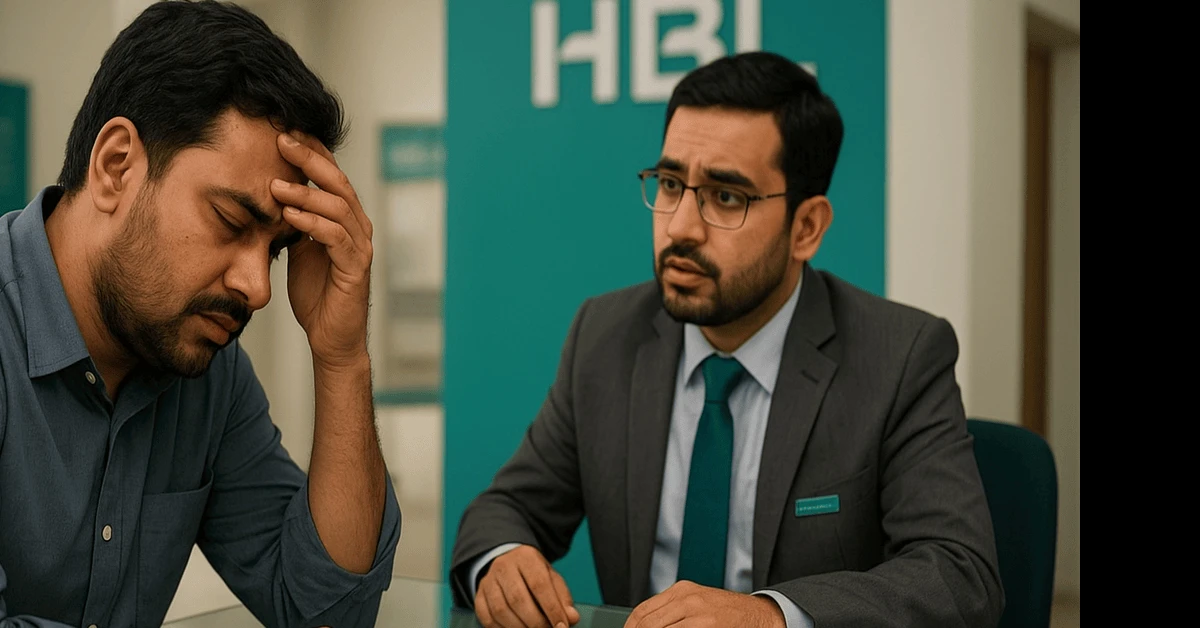
HBL Freedom Accounts Are Being Converted to Islamic Accounts — No Benefits, No Way Back!...
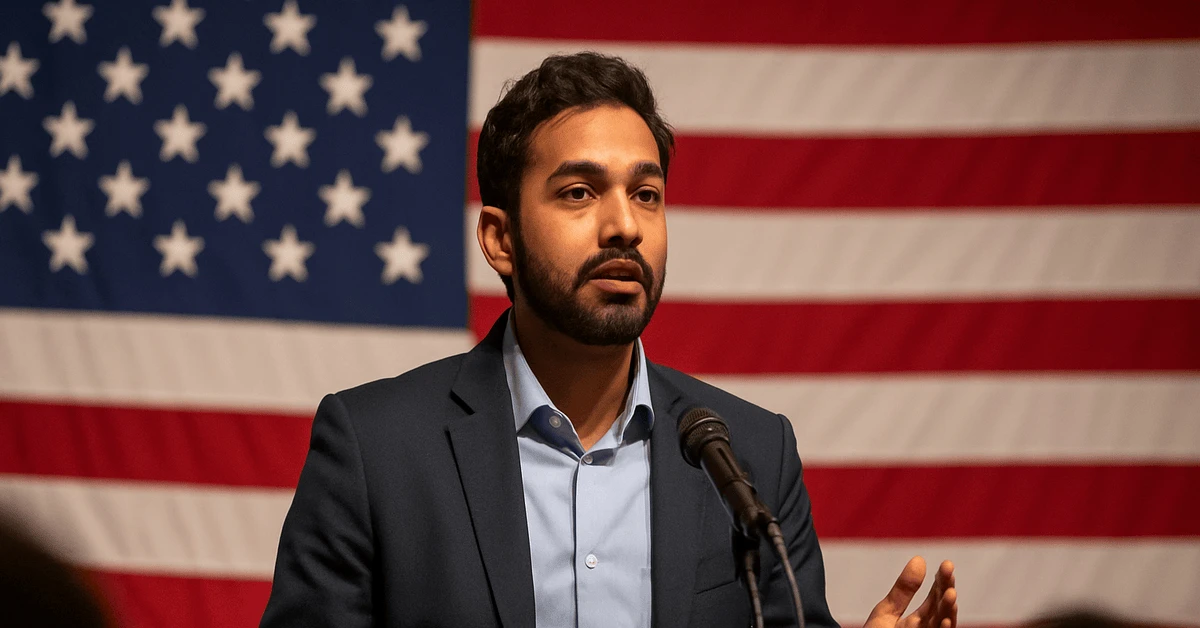
Zohran Mamdani’s Viral Rise: How a New York Lawmaker Sparked Global Debate on Identity and Politic...
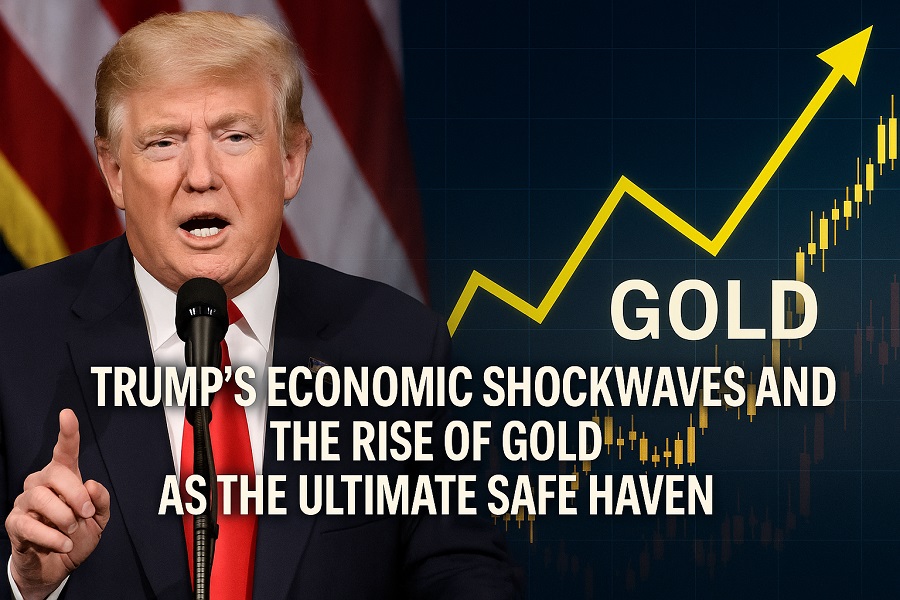
Trump’s Economic Shockwaves and the Rise of Gold as the Ultimate Safe Haven...
